Related use case
In a mere two years’ time, industrial bakery supplier Puratos has rolled out Factry Historian in over ten sites worldwide. Read the use case.
How our industrial data collection software helps energy supplier A&S Energie generate electricity more efficiently, eradicate downtime, and save 10% reporting time.
Questions about this case? Contact us!Sustainable energy supplier A&S Energie leverages our historian software to collect, process and visualise its production data. By drastically enhancing the plant’s industrial data collection and visibility, we managed to improve factory efficiency, avert costly downtime and decrease reporting time with 10%. Read the use case.
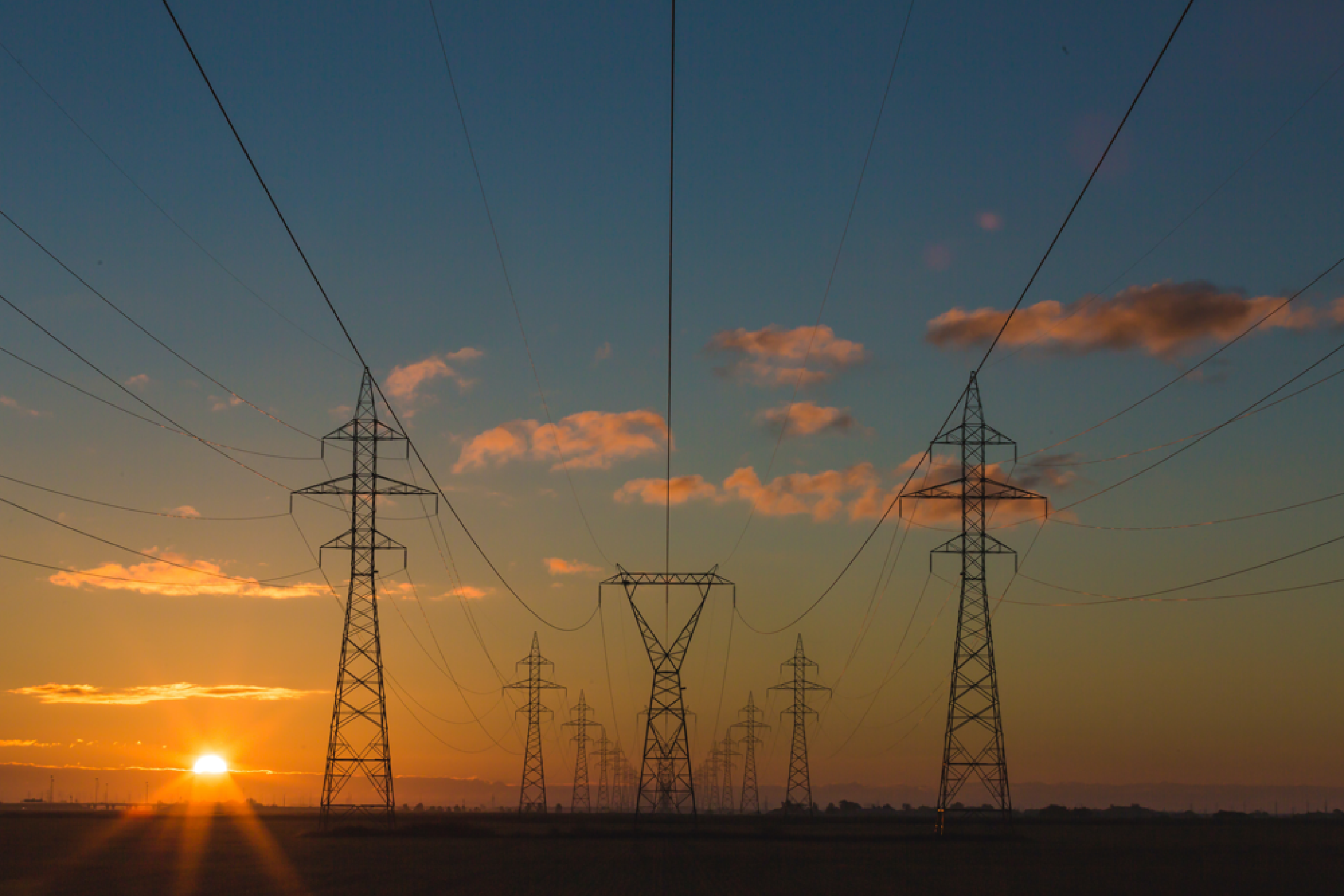
The Belgian energy supplier A&S Energie delivers sustainable electricity to about 100.000 households in Belgium. To make this happen, its two biomass plants, A&S and A&U, burn about 44 tons of non-recyclable wood per hour. At its maximum output, the plants generate 46MW of electricity and 30MW of heat. The circular economy at its best.
A&S Energie lacked integration of its production data, which made efficient reporting impossible. In order to monitor the plant’s processes, equipment and machines, operators had to manually collect sensor values and metrics from the plant, both from analog counters and the SCADA systems.
At the end of the day, management copied the values into spreadsheets. Not surprisingly, this Excel-based reporting process was both time consuming and error prone. Therefore, the goal was to reduce the time spent on reporting and drastically decrease the error rate of the output.
Another issue was that their previous historian software lacked usability. Before, process data was only readily available for the last 2 weeks. Older process data needed to be retrieved manually and loaded into the trending tool. As the retrieving process was cumbersome, these systems were under-utilised.
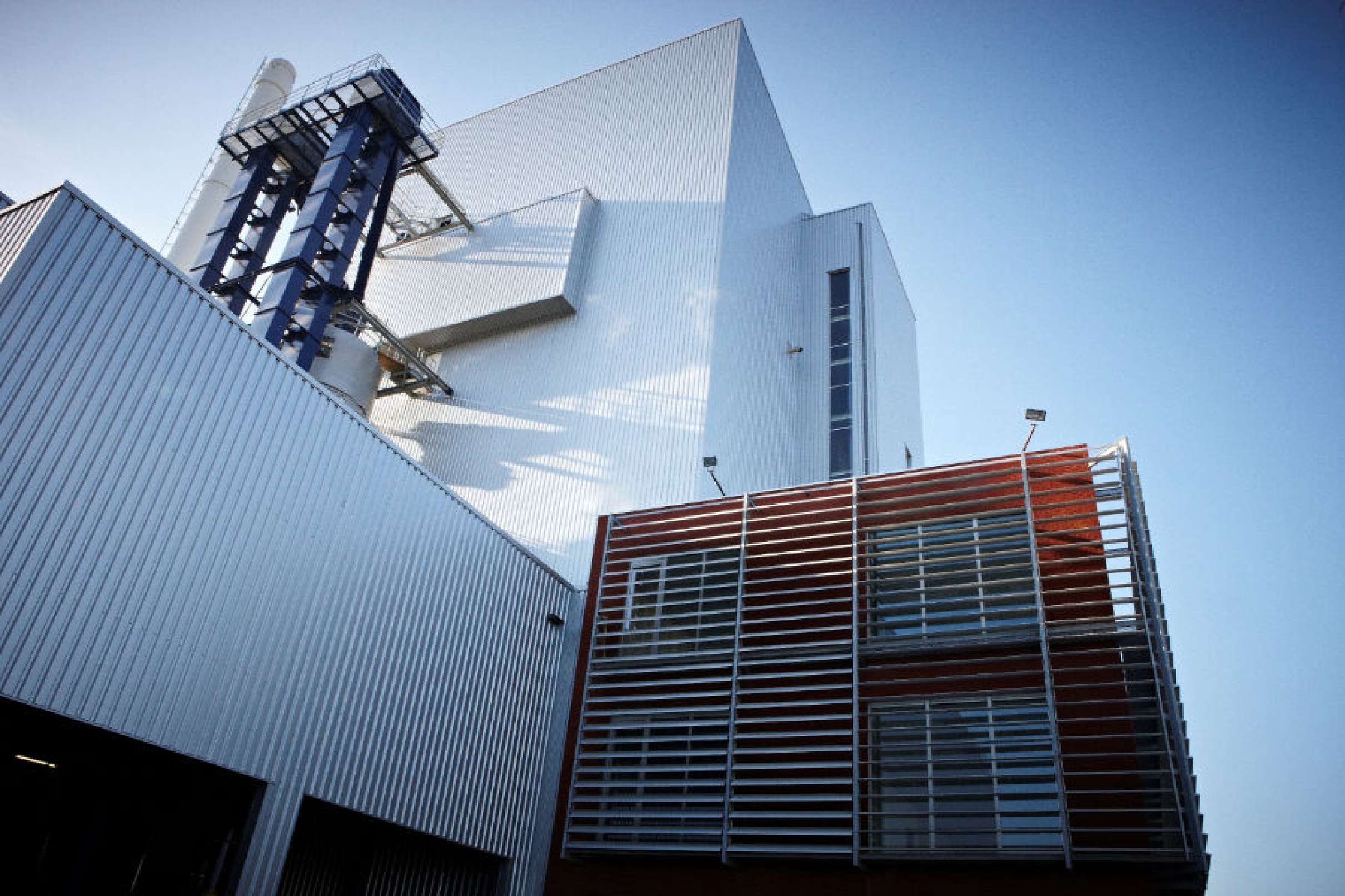
First, we were able to successfully migrate the historical data from the existing process historian to Factry Historian. Years of production data, from 2011 onwards, were transferred to InfluxDB at second-level precision. To pull this off, we used a custom-built migration tool written in Golang. The volume of stored data was reduced with 66%: from 120GB previously to 40GB in InfluxDB, keeping the original data resolution.
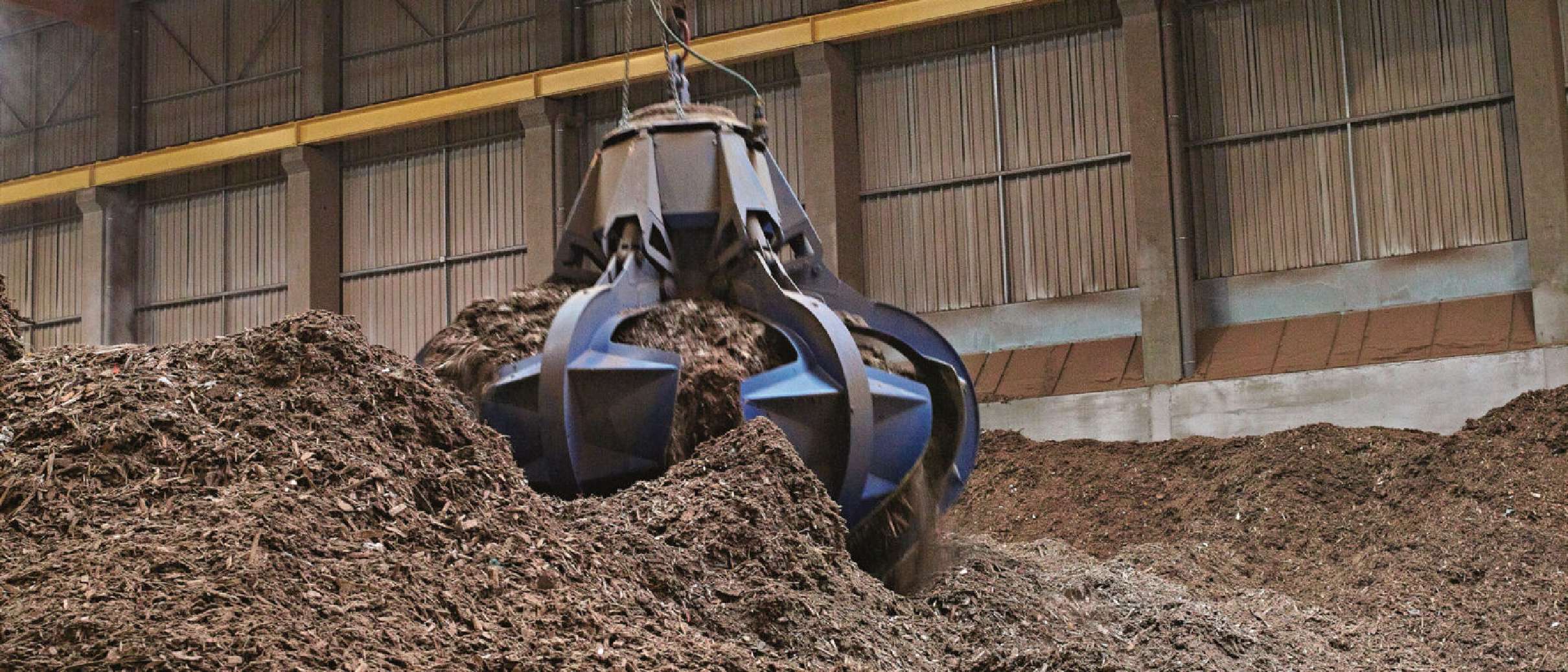
After migrating the historian data from the old to the new system, we switched to live data collection. The main goal of centralising data collection into Factry Historian, was to make the data readily available for everyone in the plant: from machine operators to plant managers. As today, everyone in the organisation has access to a powerful, real time and historical data visualisation tool Grafana.
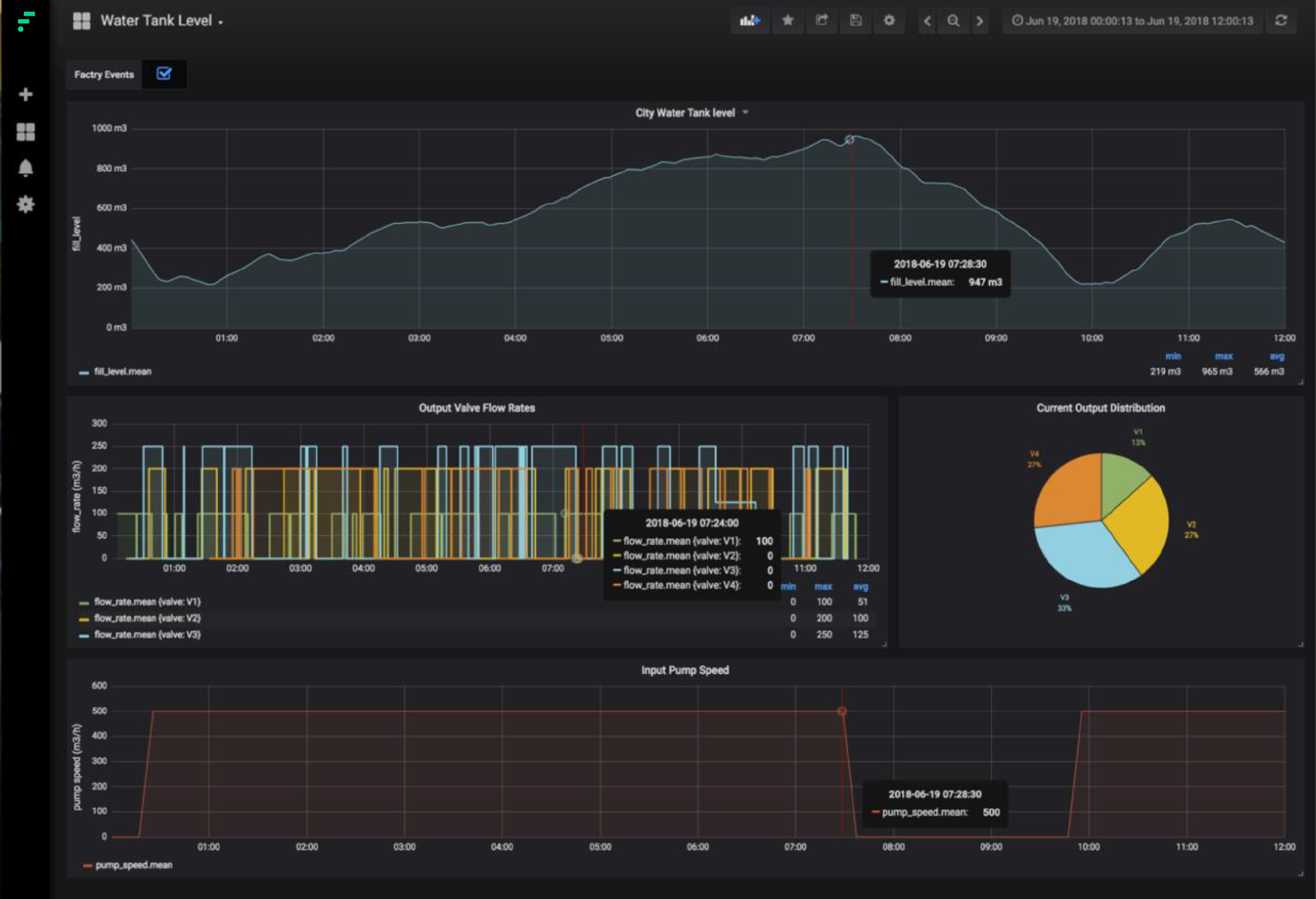
The data collection process is monitored 24/7 for failures or irregularities. In case something goes wrong or no new data enters the database for 30 seconds, both A&S Energie and our team are alerted immediately through e-mails and our monitoring system. As production downtime is hugely costly in the energy business, the historian has already proven to deliver an enormous business value. Historian-as-a-service.
In the backend of the system, counters are sampled automatically from the historian software at configurable intervals. This decreases both the operator workload and error rates. Once sampled, calculations are performed to obtain the KPIs for management reporting. The whole setup is built with open technologies, from backend logic and databases to the browser frontend for the end-user.
Data is collected from two different SCADA systems. Data collectors talk protocol (OPC-UA) on the one end and HTTP on the other. The collectors buffer data locally and store a copy of the configuration. Setting up new collectors is done through two separate networks: production and business. Only outgoing connections from the production to the business network are allowed. This way, we keep in line with security best practices.
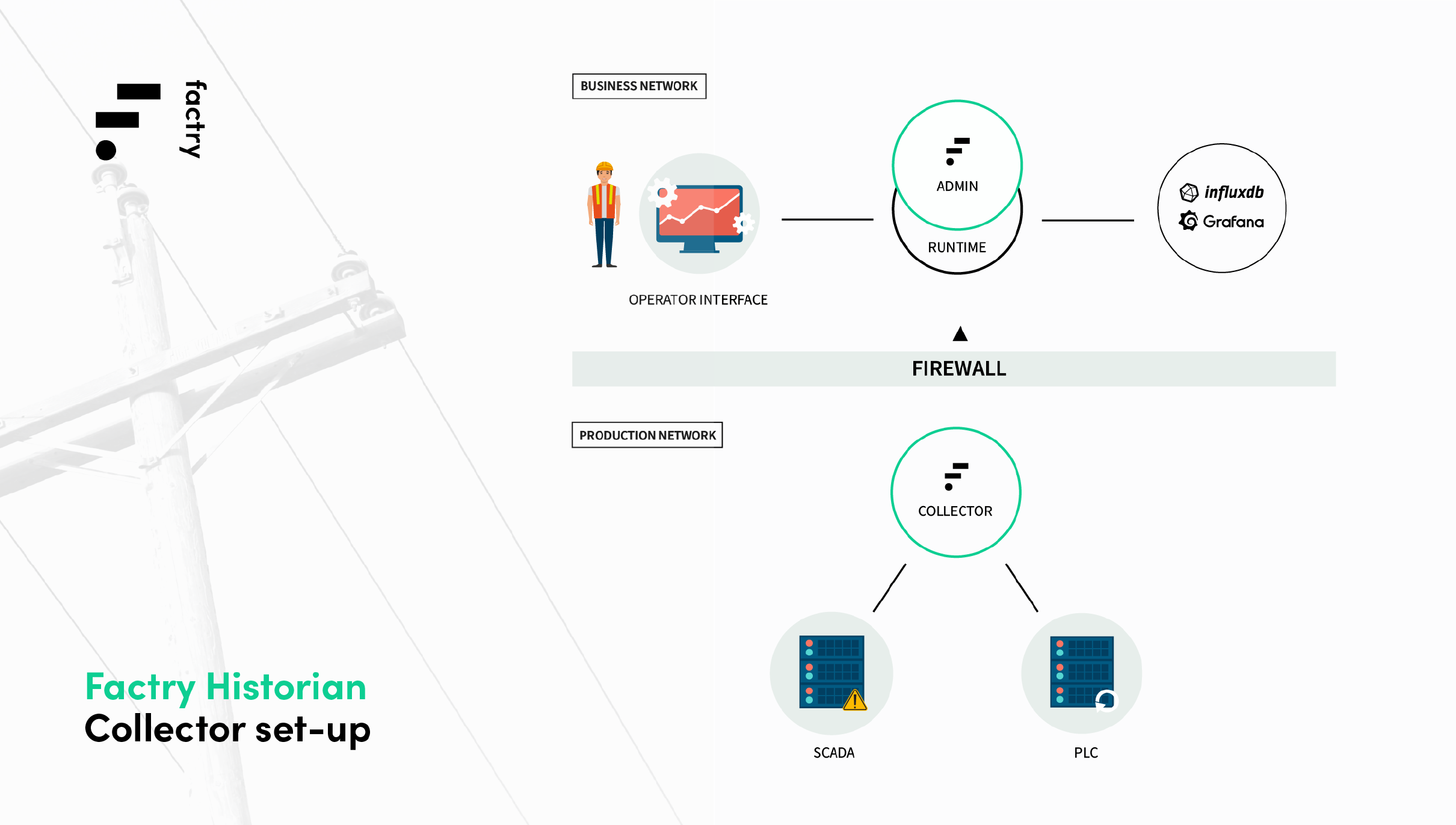
The management dashboard excels through simplicity. People from management can simply log on to the system and notice either a green banner (everything A-OK) or a red banner (something’s wrong) on the starting screen. In case of a red banner, they can immediately see which values deviate, so they can start digging deeper, leveraging either the relational or the time-series database.
Both management and operators were intensively involved in the building process of the historian. As a result, we are getting great user feedback. An often heard comment is that it has massively improved their work satisfaction. People really enjoy working with the process data, getting new insights, and love creating dashboards that help them to do their job in a better and faster way.
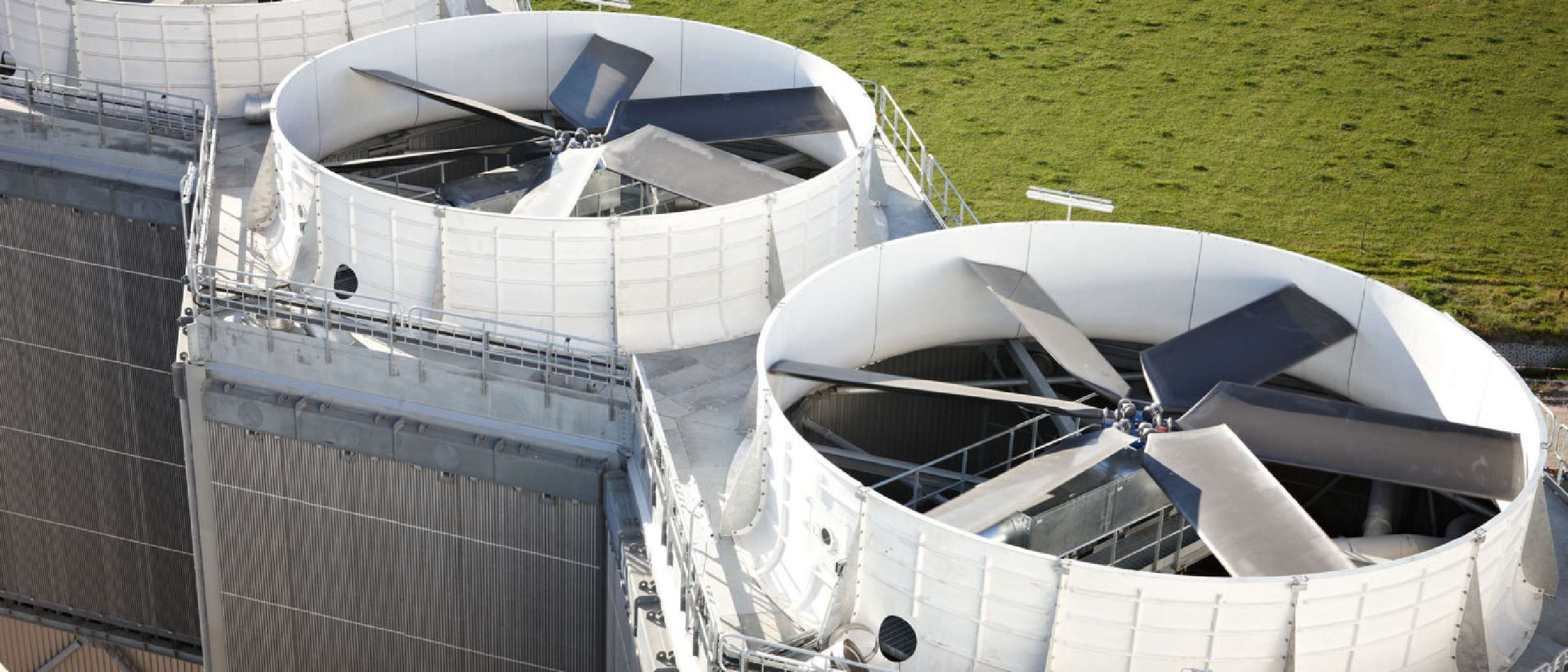
Through automated data collection, the company’s management is now saving at least 10% time per day on KPI reporting duties, with greater data accuracy.
Costly unplanned downtime is averted through easily accessible data. In case of anomalies, notifications are sent out instantly. Since implementing Factry Historian, at least one plant shutdown was prevented.
Anyone in the company has instant access to visualised process data, enhancing team collaboration and improving employee satisfaction.
Factry's customer focus and agility is unparalleled. I recommend them wholeheartedly. Since we leverage the capabilities of Factry Historian, management is saving about 30 minutes per day on reporting.
Franky Vanhinsberg
E&I and Process Manager at A&S Energie

Factry Historian is a child of the open source revolution. Back in 2016, we believed that open source technologies had matured enough to play an important role in the production industry. And even more, to outplay the proprietary time-series databases sold by large vendors in terms of performance and functionality, user-friendliness, and pricing.
That is exactly what happened.
By leveraging and combining open source technologies, we are now able to dramatically increase data visibility, and offer frictionless access to data for everyone in a manufacturing, processing or production context. With many installations running for years now, both our historian as the open technologies it is built on, have proven to deliver on their promise.
And get free advice from a consultant.